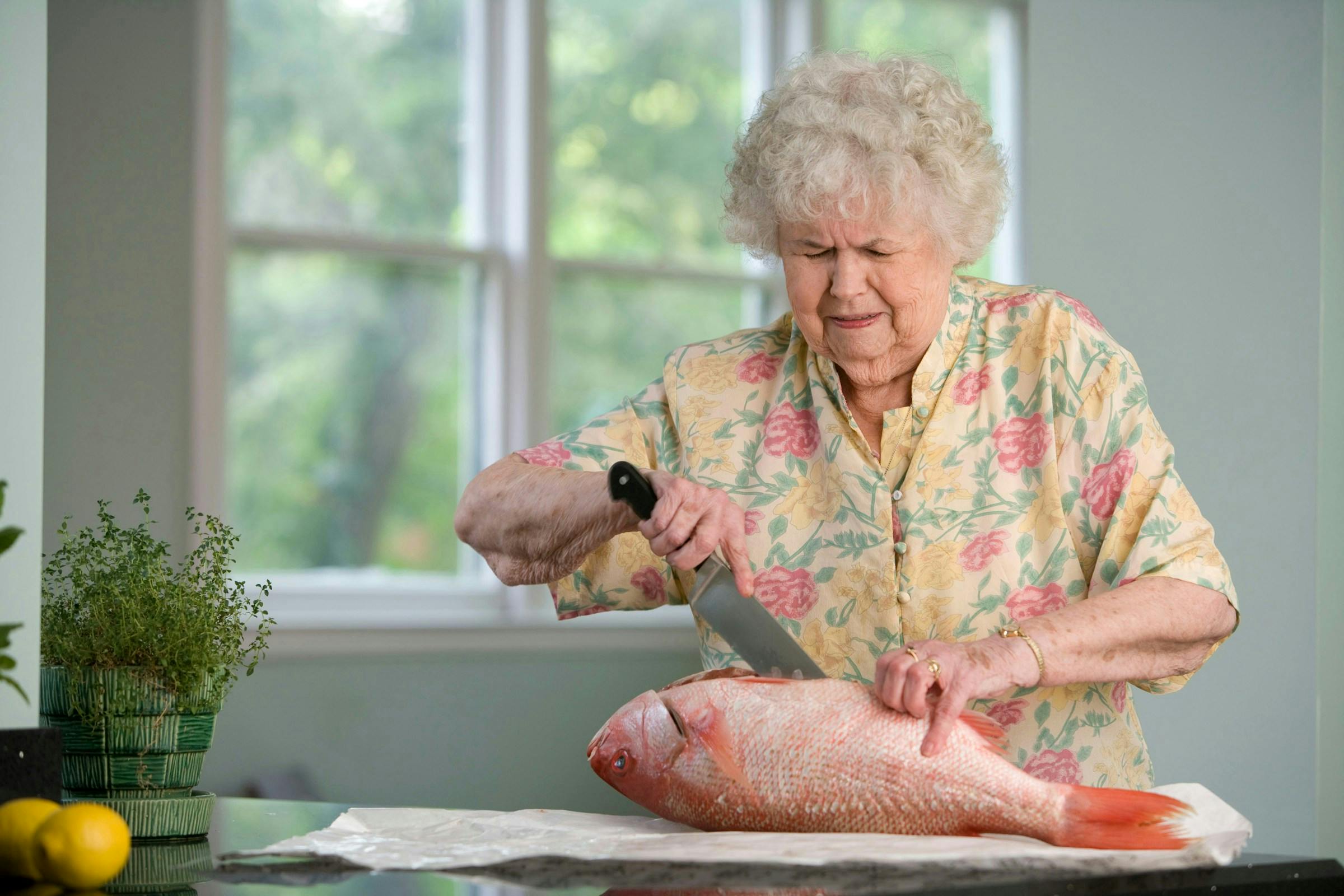Collagen and Estrogen: How Hormones Affect Skin, Joints, and Aging in Women
By Dr. Priyali Singh, MD
Reviewed by Dr. Jossy Onwude, MD
Published Jul 3, 2025
10 min read

Aging is a natural part of life, but the changes it brings—especially for women—can feel confusing, sudden, and sometimes frustrating. One day your skin is glowing, your joints feel smooth, and your hair is full. Then, seemingly overnight, your skin thins, your joints ache, and your hair becomes dry or starts to shed.
Many women wonder what’s happening, and the answer often comes down to two key things: collagen and estrogen.
These two compounds play a huge role in how women age, both inside and out. In this article, we’ll explore the deep connection between collagen and estrogen, how these change over time, and what women can do to stay strong, radiant, and resilient at every stage of life.
What Is Collagen and Why Do Women Need It?
Collagen is the most abundant protein in the human body. You can think of it as the "glue" that holds your body together. It gives structure and strength to your skin, bones, muscles, tendons, and ligaments. It also supports the lining of your gut, blood vessels, and even your eyes.
When you're young, your body makes plenty of collagen. This is why your skin is firm and elastic, your joints move easily, and your hair and nails grow strong. But as you age—especially after your mid-20s—your natural collagen production begins to slow down. This is a normal part of aging, but it can have noticeable effects.
You might start seeing fine lines or sagging skin. Your joints may feel more stiff or sore. Wounds may heal more slowly. Hair may thin or become brittle. And your bones may lose density over time. All of this can be linked, at least in part, to declining collagen.
But collagen isn’t just about looks. It also plays a vital role in keeping your body functioning properly. It keeps your blood vessels strong, your gut lining healthy, and your organs in place. So when your collagen levels drop, it can affect your health on a deeper level too, not just your appearance.
Understanding Estrogen’s Role in the Female Body
Estrogen is one of the most important hormones in the female body. While it’s best known for its role in fertility and menstruation, estrogen actually does much more.
It affects nearly every part of your body, including your brain, heart, bones, skin, and even your mood. It keeps your tissues lubricated and your skin hydrated. It helps your body use calcium properly, which keeps your bones strong. It also plays a key role in regulating body fat and muscle mass.
During your reproductive years, estrogen levels rise and fall in a predictable cycle. But as women approach menopause—usually around age 45 to 55—estrogen levels start to decline more permanently. This hormonal drop is a major turning point and is often behind many of the changes women notice during midlife.
Things like hot flashes, mood swings, dry skin, thinning hair, and joint pain can all be linked to low estrogen. But one of the lesser-known effects is how this hormone affects collagen.
The Estrogen–Collagen Connection
Here’s where things get interesting—and very important for women.
Research shows that estrogen plays a major role in collagen production. In fact, estrogen helps activate the cells in your skin (called fibroblasts) that are responsible for making collagen. It also helps maintain moisture in your skin and reduces the breakdown of existing collagen.
This means that when estrogen levels drop—especially during and after menopause—your body not only produces less collagen, but it also breaks down collagen faster.

This double effect explains why so many women notice big changes in their appearance and physical comfort around midlife. Skin may lose its firmness and elasticity. Wrinkles may deepen. The face may start to sag, especially around the cheeks and jawline. Hair may become thinner. And joints may become stiffer or more painful.
In fact, studies have shown that women can lose up to 30% of their skin’s collagen in the first five years after menopause. That’s a dramatic shift, and it can happen fast. But knowing why this happens gives us the power to do something about it.
When Do Women Start Losing Collagen—And Why?
Collagen loss doesn’t begin at menopause. In fact, most women begin losing collagen in their mid-to-late 20s, around the same time that natural growth hormone and estrogen levels begin to dip ever so slightly. This process is slow at first, but it gradually speeds up with age.
By the time women reach their 40s, the collagen loss becomes more noticeable. Skin might not bounce back the way it used to. You might see more fine lines around your eyes or mouth. Bruises may last longer. You may feel more joint stiffness after exercise or wake up with random aches and pains.
After menopause, when estrogen drops sharply, the decline in collagen becomes more rapid. Without estrogen to help stimulate collagen production and prevent its breakdown, the skin’s structure begins to thin and loosen. Muscles may also shrink slightly, and the bones can become more porous or brittle.
There are other factors that can make collagen loss happen faster, too. These include:
- Chronic stress, which increases cortisol, a hormone that breaks down collagen.
- Sun damage, which damages collagen fibers and accelerates aging.
- Smoking, which limits blood flow to the skin and degrades collagen.
- Poor diet, especially one low in protein, vitamin C, and antioxidants.
- Lack of sleep, which reduces the body’s ability to repair itself overnight.
But while some of these are hard to avoid, many can be addressed with simple lifestyle changes—and, for some women, hormone support.
RELATED READ: How to Get Rid of Wrinkled Feet: 5 Proven Ways to Smooth and Rejuvenate Your Skin
Can Estrogen Therapy Help Restore Collagen?
Because estrogen is so closely tied to collagen production, many researchers and doctors have explored whether estrogen therapy (also known as hormone replacement therapy or HRT) can help slow or even reverse collagen loss in women.
And the answer is: in many cases, yes.
Studies show that estrogen therapy can increase collagen content in the skin, improve skin thickness, and reduce the appearance of wrinkles. It may also help improve skin hydration and elasticity. Some studies even suggest it may support bone density and joint health by improving collagen levels in those tissues as well.
Estrogen therapy is available in several forms, including pills, patches, creams, gels, and vaginal inserts. Some women use bioidentical hormones, which are designed to closely match the estrogen your body makes naturally. Others use synthetic or animal-derived forms.
Topical estrogen—applied directly to the skin—may help improve skin quality without affecting the whole body. For women who don’t want or can’t take full HRT, this can be a gentler option.
However, estrogen therapy is not right for everyone. It can carry risks, especially for women with a history of breast cancer, blood clots, or certain other conditions. That’s why it’s so important to talk to a doctor who specializes in women’s hormonal health before starting any form of estrogen therapy.
But for many healthy women, especially those experiencing rapid aging after menopause, estrogen therapy can be a powerful tool for maintaining collagen and slowing the effects of aging.
Natural Ways to Support Collagen Production
If hormone therapy isn’t right for you—or you’re just looking for extra support—there are many natural ways to protect and boost your collagen levels.
The first and most important is diet. Your body needs certain nutrients to make collagen, including vitamin C, zinc, copper, and amino acids like glycine and proline. Eating a diet rich in fruits, vegetables, healthy proteins, and omega-3 fats can help support your body’s collagen production.
Foods that are especially good for collagen include citrus fruits, leafy greens, berries, tomatoes, bone broth, eggs, fish, and seeds. These provide the building blocks your body needs to keep your skin, joints, and tissues strong.

You can also find collagen supplements, usually in powder or capsule form. These are often made from bovine (cow) or marine (fish) collagen and provide hydrolyzed collagen peptides that your body can absorb and use. Research shows that these supplements can improve skin elasticity, hydration, and smoothness, and may even help reduce joint pain.
Exercise is another powerful tool. Weight-bearing exercise, in particular, can stimulate collagen production in bones and joints. And getting enough sleep allows your body time to repair and rebuild collagen overnight.
Finally, plant compounds known as phytoestrogens—found in foods like flaxseeds, soy, chickpeas, and lentils—can mildly mimic the effects of estrogen in the body. While not as strong as hormone therapy, they may provide some support for women looking to maintain their collagen naturally.
RELATED READ: 10 Proven Ways to Tighten Loose Skin Naturally After Weight Loss
What to Do if You’re Losing Collagen Fast
If you’re noticing sudden or severe changes in your skin, hair, or joints—especially around menopause—it may be a sign that your estrogen and collagen levels are dropping faster than normal. The best first step is to talk to your doctor and ask for hormone testing.
Simple blood or saliva tests can measure your estrogen levels and give you insight into what’s going on. From there, you can work with a specialist to decide if hormone therapy, lifestyle changes, or other treatments are right for you.
Meanwhile, start building a collagen-supportive routine: eat nourishing foods, move your body regularly, stay hydrated, use sun protection, and manage stress. If needed, consider adding a quality collagen supplement and talking to a professional about topical or internal hormone support.
Aging is inevitable, but premature or accelerated aging doesn’t have to be.
Conclusion: The Big Takeaway for Women
Collagen and estrogen are deeply connected, and together, they play a massive role in how women look and feel as they age. As estrogen levels decline, so does the body’s ability to make and maintain collagen. This leads to many of the classic signs of aging: dry or sagging skin, thinning hair, joint discomfort, and more.
But aging well is entirely possible.
Whether through diet, supplements, lifestyle changes, or hormone therapy, women have more tools than ever to protect their collagen and support their health from the inside out. Understanding the estrogen–collagen link is the first step toward feeling strong, confident, and radiant at every stage of life.
FAQs: Quick Answers to Common Reader Questions
1. At what age does estrogen start to drop in women?
Estrogen levels usually start to decline gradually in a woman’s late 30s to early 40s, with a more rapid drop during perimenopause and menopause (typically between 45 and 55).
2. Can you rebuild collagen after menopause?
Yes. While you may not fully reverse the loss, studies show that collagen can be supported and improved through hormone therapy, supplements, and lifestyle changes.
3. Is it safe to take collagen and estrogen together?
For most women, yes. In fact, combining both may be more effective for skin and joint health. However, always consult a healthcare provider before starting any new supplement or hormone therapy.
4. What are the best supplements for estrogen and collagen support?
Look for hydrolyzed collagen peptides, vitamin C, and possibly phytoestrogens like soy isoflavones. Some women also benefit from bioidentical hormone replacement under medical supervision.
5. Do vegan collagen supplements work?
Vegan collagen supplements typically don’t contain collagen itself but include nutrients that support your body’s collagen production. They can still be helpful, but results may vary.
Share this article

What Is Premature Aging and What Can You Do to Prevent or Reverse It?
Dr. Priyali Singh, MD
Sep 28, 202510 min read

Low Sodium Diet: Simple Guidelines, Food Lists, and Tips for Better Health
Lilian E.
Sep 30, 202512 min read

Tips for Staying Healthy: 12 Simple Habits for Energy, Longevity, and Better Living
Editorial Team
Sep 30, 202510 min read

Best-in-class care is a click away
Find everything and everyone you need to reach your metabolic health goals, in one place. It all makes sense with Meto.
Join Meto